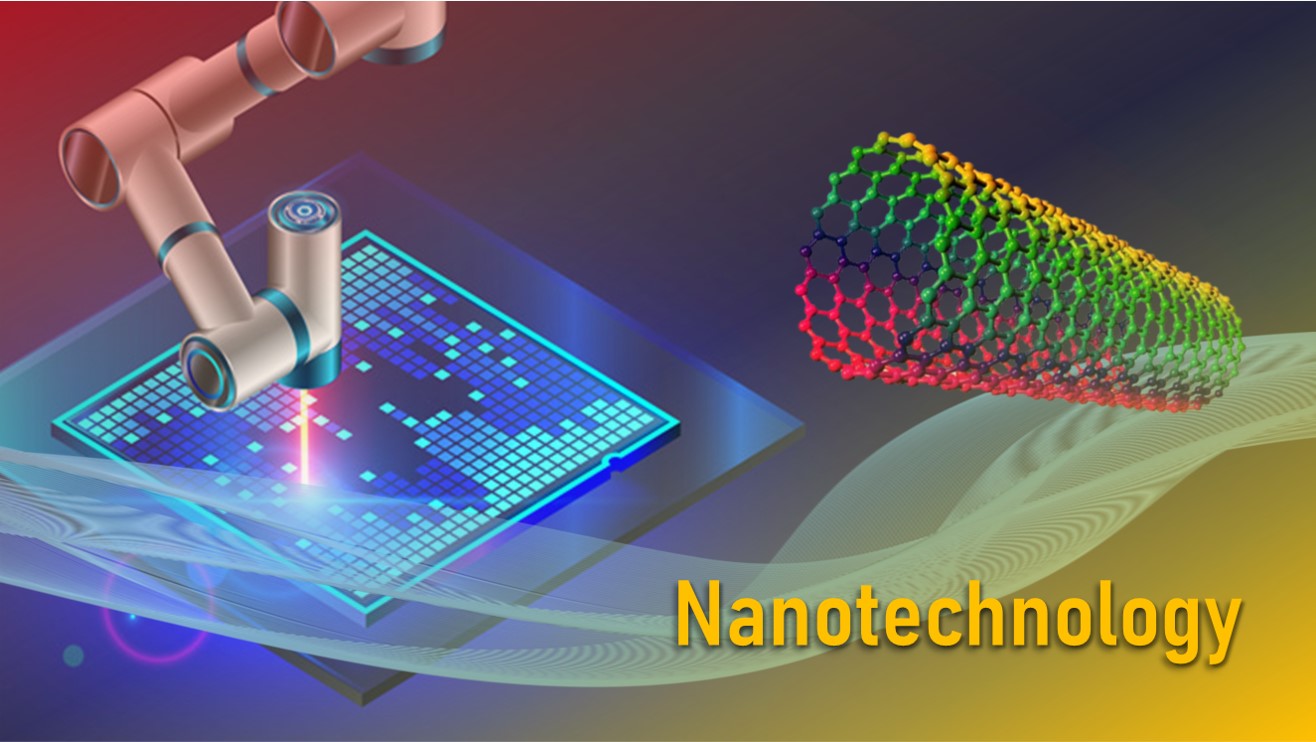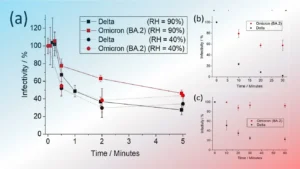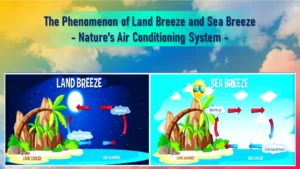Nanotechnology
Nanotechnology is the engineering of functional systems on an atomic or molecular scale. It refers to the technology of rearranging and processing of atoms and molecules to fabricate materials at nanoscale.
Nanotechnology encompasses nanoscale science, engineering, and technology in fields such as chemistry, biology, physics, and materials science engineering.
The technology enables manipulation of matter at the molecular level, creation of new structures with fundamentally new molecular organization and exploitation of the noble property at nanoscale.
Nanoscale
Nanoscale deals with dimensions between approximately 1 and 100 nanometers.
Larger than that is the micro-scale, and smaller than that is the atomic scale.
At the nanoscale, objects are so small that they cannot be seen even with a light microscope. Nano-scientists use tools like scanning tunneling microscopes or atomic force microscopes to observe anything at the nanoscale.
Nanomaterials
Nanomaterials can be defined as materials possessing at least one external dimension that measures 100 nanometers or less or with internal structures measuring 100 nm or less.
They may be in the form of particles, tubes, rods or fibres.
Nanomaterials can occur naturally, be produced purposefully through engineering or be created as the by-products of combustion reactions to perform a specialized function.
Read more: Basic Concepts on Nanotechnology, Nanoscale, Nanomaterials, Nanoscience and NanoengineeringNanoscience
Nanoscience is the study of structures and molecules that range between 1 and 100 nm on the scales of nanometers.
The technology that utilizes nanoscience in practical applications is called nanotechnology.
Nanoengineering
Nanoengineering is the field of engineering that focuses on the study, development and refinement of materials at a very small scale.
In short, it is the practice of engineering on the nanoscale and can be thought of as the practical application of nanoscience.
Read more: Basic Concepts on Nanotechnology, Nanoscale, Nanomaterials, Nanoscience and NanoengineeringHistory of Nanotechnology
The American physicist and Nobel Prize laureate Richard Feynman introduced the concept of nanotechnology in 1959.
- Feynman presented a lecture entitled “There’s Plenty of Room at the Bottom” at the annual meeting of the American Physical Society at the California Institute of Technology (Caltech).
The term “nanotechnology” was defined by Tokyo Science University Professor Norio Taniguchi in 1974 as follows: “‘Nano-technology’ mainly consists of the processing of, separation, consolidation, and deformation of materials by one atom or by one molecule.”
The technological significance of nano-scale was promoted by Dr. K. Erik Drexler in his book “Engines of Creation: The Coming Era of Nanotechnology” (1986).
Also Read:
What is Cryptocurrency & How does it works?
What is Non-Fungible Tokens (NFTs) & its Features












4 thoughts on “Basic Concepts on Nanotechnology, Nanoscale, Nanomaterials, Nanoscience and Nanoengineering”